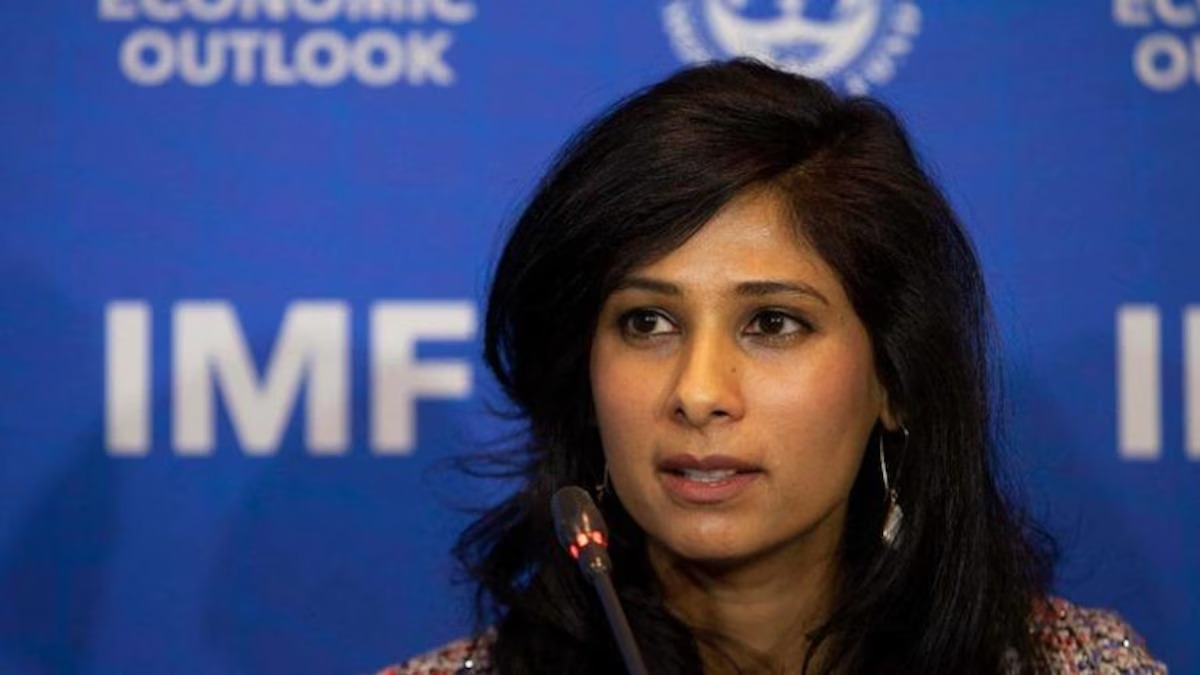
Dr Gita Gopinath of IMF said Gujarat and TN attracting most global investments into India, other states should emulate
WASHINTON : Gujarat and Tamil Nadu are the two bright spots in India where foreign investments are coming in, Dr Gita Gopinath, First Deputy Managing Director of the IMF, said on August 16, while listing some important short term and long-term goals the country should focus on to get into the thick of the global supply chain.
The investments trickling into both these states can be attributed to their high rankings in terms of business climate, in terms of ease of doing business, handling red tape etc, Gopinath told TV channels. Implementing such a practice on a nation-wide scale can be very helpful, she added.
While listing the short-term goals ahead of the nation, Gopinath cited labour reforms as being very important. India has the new Labour Codes and its implementation, which an ongoing process, is to be looked at, she said. This requires regulation at the central level but will also require incentivising the states to implementing the Labour Codes.
Gopinath also pointed towards the need for investments into public and digital infrastructure
In an exclusive interview, Dr Gopinath discussed various aspects of the economy and the steps the government can take to boost growth, particularly in light of the IMF’s medium-term growth projection of around 6.5% for India.
Dr. Gopinath mentioned the importance of a broad spectrum of structural reforms, highlighting that while some may take longer to yield results, others can be implemented more quickly to spur growth.
One critical area she identified is improving the business environment in India. Simplifying regulations, reducing red tape, and making it easier for businesses to operate are crucial steps to encourage private sector investment, both domestic and foreign.
She pointed out that states like Gujarat and Tamil Nadu, which rank high in terms of business climate, are also the top destinations for foreign direct investment in India.
“The 2 bright spots in India are Gujarat and Tamil Nadu. And both of them also rank high in terms of business climate. So there’s a strong correlation over there. That in implementing that, countrywide would be very helpful,” she said.
This correlation, according to Dr Gopinath, underscores the need to implement such business-friendly environments across the country.
Labour and infrastructure reforms
Labour reforms also feature prominently on Dr Gopinath’s list of priorities. India has introduced new labour codes, but their implementation remains a work in progress.
She highlighted the need for both central and state governments to work together to enforce these reforms effectively. The aim is to create a more flexible labour market, which would make it easier for businesses to hire and manage workers, ultimately leading to job creation and economic growth.
In addition to labour reforms, Dr Gopinath mentioned the importance of continued investment in public infrastructure, especially digital infrastructure.
“Public infrastructure investment, digital infrastructure investment, that’s a lot that’s been done, but a lot more is still, of course, needed, and that’s another area,” she added.
Trade policies and global integration
Trade restrictions are another area of concern for Dr Gopinath. She highlighted that this decade presents a significant opportunity for India, as the world is looking to diversify markets and supply chains.
To take advantage of this, India needs to be seen as a trade-friendly nation. Lowering trade barriers and integrating more deeply into global supply chains will be essential for India to attract investment and drive growth.
Dr. Gopinath cautioned against the rising tide of trade protectionism globally, noting that trade has historically been beneficial in reducing poverty, maintaining growth rates, and facilitating technology transfer.
“The only way you’re going to get that is if you’re also going to be seen as being trade friendly because that’s usually the path to getting into global supply chains,” she said.
Evaluating government incentives
When asked about the government’s production-linked incentives (PLIs) and employment-linked incentives (ELIs), Dr. Gopinath acknowledged the government’s focus on key sectors but urged caution.
She suggested that while these incentives are important, it is essential to conduct a thorough cost-benefit analysis to ensure that they deliver the desired outcomes without putting undue strain on public finances.
The success of these incentives, according to Dr Gopinath, will depend on their implementation and the broader business environment.
For instance, coupling these incentives with labour market reforms could provide the flexibility needed to create more jobs. However, she noted that it is still too early to assess the impact of these policies fully.
Addressing job creation challenges
One of the most pressing challenges India faces is job creation. Dr Gopinath shared some concerning figures, noting that India will need to create between 60 million and 148 million additional jobs by 2030 to meet the demands of its growing population.
Achieving this will require a multifaceted approach, encompassing improvements in the business environment, private investment, labour market flexibility, and human capital development.
She underscored the importance of not limiting the focus to just one sector, whether it be manufacturing, services, or high-tech industries. Instead, a comprehensive strategy that supports all sectors will be necessary to generate the scale of job creation required.
